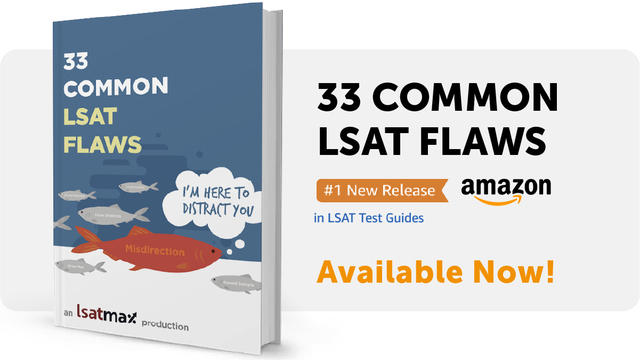Alright my LSAT prep friends, today I thought we could revisit some more quantity statements. Hip, hip, hooray! Today let’s focus on “MOST” statements. As long as two “MOST” statements have the same variable on the left side, they can be combined into a “SOME” statement. So in abstract terms:
Premise: A-most-B
Premise: A-most-C
Conclusion: B-some-C (or C-some-B)
Let's take a look at a "real" example:
“All of Naz’s closest friends live in California. Most Californians love the sun. Most of Sheva’s closest friends live in New York. Most Californians are friendly. Some New Yorkers have never been to the top of the Empire State Building.”
Let’s write it out and see what we can properly infer from the statements above:
All of Naz’s closest friends live in California.
NCF ===> CA
If someone doesn’t live in California, they are not one of Naz’s closest friends.
not CA ===> not NCF
Most Californians love the sun.
CA-most-LS
Most of Sheva’s closest friends live in New York.
SCF-most-NY
Most Californians are friendly.
CA-most-F
Some New Yorkers have never been to the top of the Empire State Building.
NY-some-not TESB
We can combine the two “MOST” statements with the left variable of "Californians" to conclude "some people who love the sun are friendly" as follows:
Premise: CA-most-LS
Premise: CA-most-F
Conclusion: LS-some-F (or F-some-LS)
Simple, right? Let’s give you one more example:
“Most baked goods are delicious. Most delicious things have butter in them. Most baked goods require patience. Some baked goods have chocolate. Some baked goods have blueberries.”
Let’s write these out:
BG-most-D
D-most-B
BG-most-RP
BG-some-C
BG-some-B
Okay, so we have many quantity statements with the same left variable (i.e. BG). But, can we combine all of them just because most of them have the same left variable? No, of course not! Remember, we cannot combine “MOST” statements with “SOME” statements and we cannot combine “SOME” statements with “SOME” statements. Therefore the only two statements we can combine are the first and third statement because they have the same left variable and are both “MOST” statements. Combining them we get, "some delicious things require patience" as follows:
Premise: BG-most-D
Premise: BG-most-RP
Conclusion: D-some-RP (or RP-some-D)
I have equipped you with the tools you need to battle the dreaded “MOST” combination in the Logical Reasoning section. You know now what’s left for you to do: PRACTICE! HUZZA!
Happy Studying!











